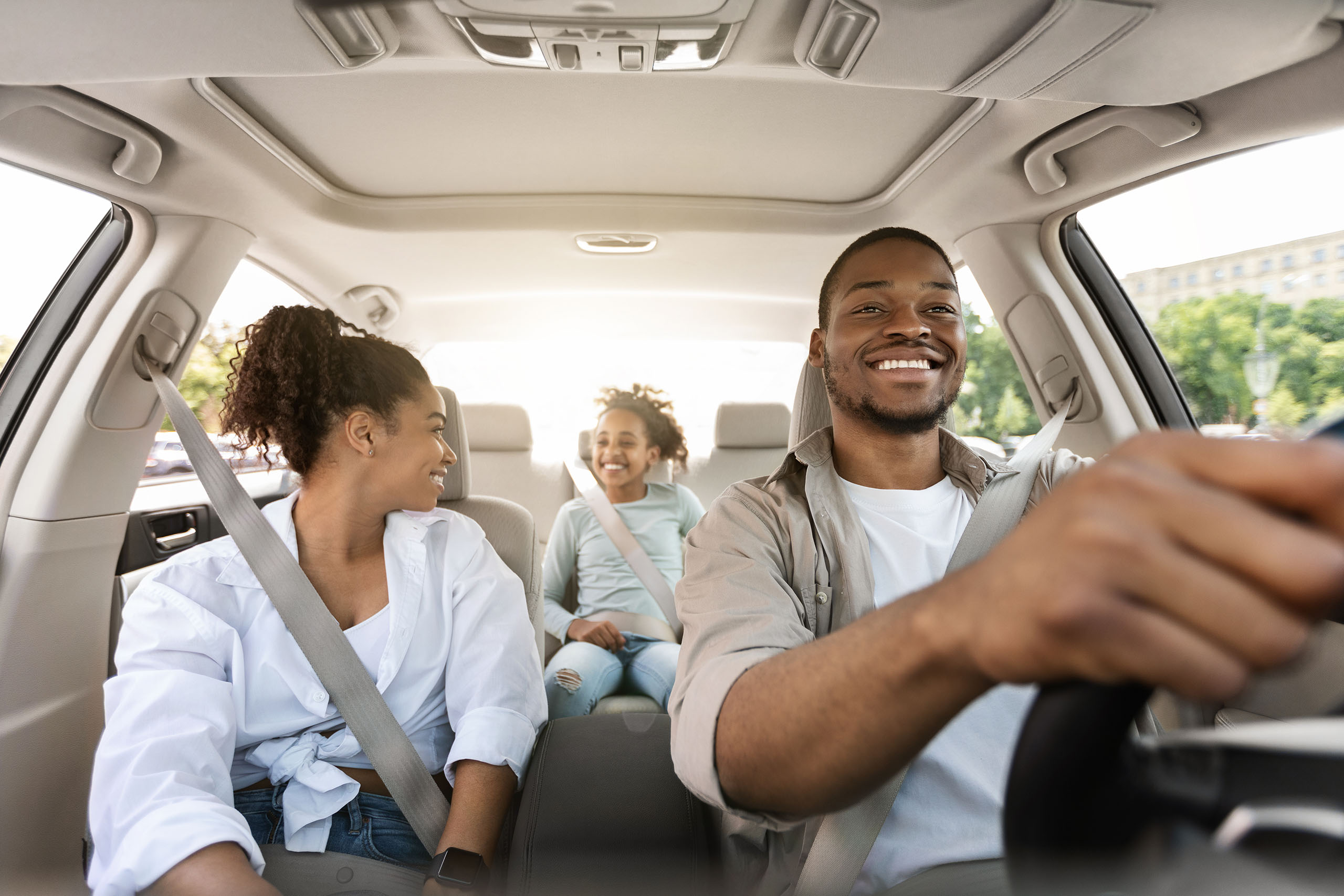How to Stay Safe on the Road During Summer Travel
By Bizzell Editorial Staff
“The best car safety device is a rear-view mirror with a cop in it.” – Dudley Moore
Driving is essential to the daily lives of most Americas, offering convenience, freedom, and access to a world of opportunities. However, many drivers ignore their significant responsibility to prioritize safety on the road. According to the Federal Highway Administration (FHWA), in 2019, 26 percent of fatal crashes, 12 percent of injury crashes, and 9 percent of property-damage-only crashes in 2019 were speeding-related [1]National Center for Statistics and Analysis. (2021, October). Speeding: 2019 data (Traffic Safety Facts. Report No. DOT HS 813 194). National Highway Traffic Safety Administration. One of the primary objectives of the FHWA is to enhance the safety of the nation’s highways. So, it collaborates with state and local partners to implement various safety programs, research innovative technologies, and develop policies to reduce traffic-related fatalities, injuries, and crashes.
While summertime brings thoughts of vacations and exciting road trips, it is a good moment to revisit basic driving guidelines. Take a moment before your vacation, or any long trip, to inspect your car. Doing so may make the difference between easy travel, a vehicle breakdown, or a highway collision. Before you hit the road this summer, the National Highway Traffic Safety Administration (NHTSA) recommends you check the following before getting behind the wheel:
- Check all belts and hoses. Rubber belts and hoses deteriorate more quickly in the hot summer months. Look under the hood and check all the belts and hoses to make sure the rubber is free from any bulges, blisters, cracks, or cuts.
- Check your tires. Inspect your tires at least once a month and before long road trips. Do not forget the spare in the trunk, too! Replace tires that have uneven wear or an insufficient amount of tread. See your owner’s manual for the appropriate inflation pressures.
- Check your air conditioning. Everyone is impacted by the absence of air conditioning on a hot summer day. However, the elderly, the very young, and those in poor health may be more susceptible to heat-related problems.
- Check your backseat. Children and pets left unattended in a parked car are at severe risk heatstroke or death. Never leave your kids alone in the car. Not even for a minute. Visit NHTSA to learn more about ways to prevent heatstroke.
- Check your fluid levels. Make sure to check your car’s oil level as well as other fluid levels, such as brake, automatic transmission or clutch, air coolant, and windshield wiper cleaner.
- Check for recalls. Utilize NHTSA’s Recalls look up tool to find out if vehicle has a safety issue that has not be repaired. NHTSA also offers a SaferCar app to check if your car is part of a current recall.
People die every year from car accidents, and irreparable damage is caused due to preventable mistakes. Keep in mind the importance of safe travelling as we all go about our summer plans.
By maintaining focus, obeying traffic laws, and practicing defensive driving, we can significantly reduce the number of accidents on our roads…and get to the beach.
[1] National Center for Statistics and Analysis. (2021, October). Speeding: 2019 data (Traffic Safety Facts. Report No. DOT HS 813 194). National Highway Traffic Safety Administration.

